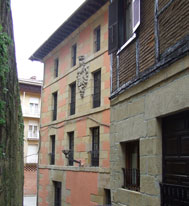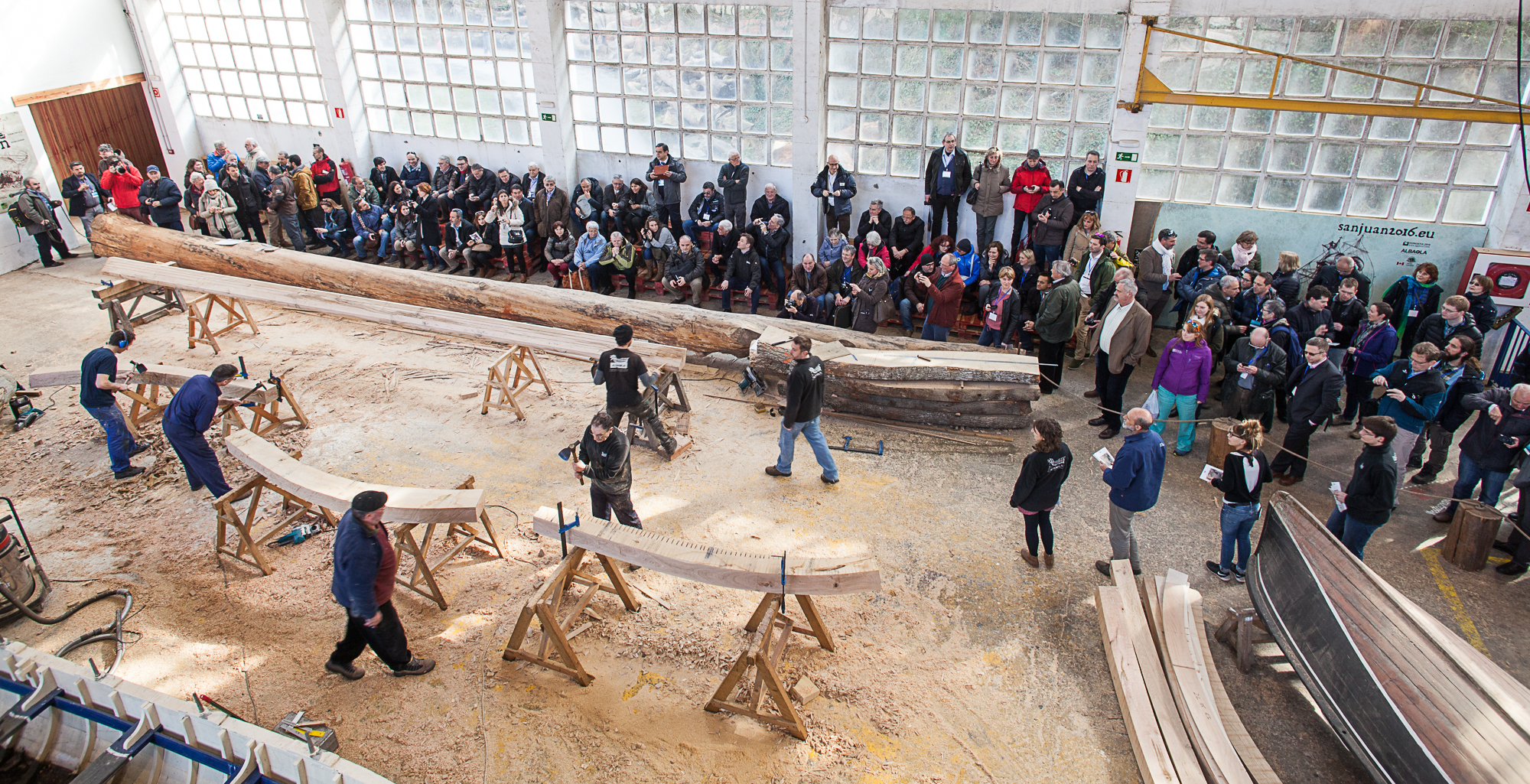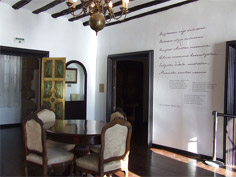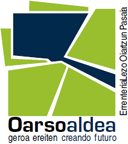
- Home
- Explore our area
- Our towns
- Pasaia
- Pasai Donibane
- Arizabalo Mansion-Town Hall
Arizabalo Mansion-Town Hall

This is one of the most important local Baroque constructions dating from the 17th Century.
The Arizabalo surname has been related to Pasaia almost since its origin, to the point that we could probably say that this was one of the first families to set up home here. Chronicler Lope de Isasti writes in 1625 that the port was at one time called Arrizabala, a Basque expression referring to the enormous boulders flanking the outside entrance to the port, and which has a tremendous similarity to this surname.
The house now bearing the Arizabalo coat of arms stands on the site once owned by the Navejas family of seafaring captains and shipbuilders. In 1625 Ana Navejas married Adrián Arizabalo, the hero of Sokoa, who may well have moved into this house.
In 1829, the French Jesuits set up a school inside it, even granting university degrees. In 1857 it was partially occupied by the Real Fábrica de Porcelanas de Pasaia. At the end of the 19th Century, the house was occupied by the company dedicated to merchant shipping, Mercader e Hijo. Mercader sold it in April 1927 to the company PYSBE (Pesquerías y Secaderos de Bacalao de España, S.A.), as an office block for the industrial installations built by this company from then on in the neighbouring district of Bizkaia, and which continued to function until only recently. This long tradition of commercial and industrial use, although causing modifications to its interior, always respected the exterior structure of the house.
This is a large building with an appreciably square ground plan and hip roof. The principal facade is of symmetrical construction and the same openings are repeated on the three upper floors in the shape of three parapeted balconies (protection wall, balcony, lower closure of an opening on which you can lean to look out) per storey. In the centre there is a lovely shield with decorative edging featuring two towers, on the top part of which we can see a helmet containing feathers. Carved eaves also make their way round all four sides of the building, Baroque in style. This architecture would seem to correspond to the palatial houses of the Baroque period built in the Basque Country.
After the last rehabilitation of this mansion, this building is from may 2008 Town Hall of Pasaia.




















